1. Develop
1.1. Canvas modules
1.1.1. Video and text version
1.1.1.1. Embedded video with close-captions
1.1.1.1.1. Manually created
1.1.1.1.2. Created by service
1.1.1.1.3. AI created
1.1.1.2. Page formatted using styles
1.1.1.3. Properly formatted URLs
1.1.1.4. Image with alternative text description
1.1.1.5. Best practices for linked files
1.1.1.5.1. Office files
1.1.1.5.2. PDF
1.2. Video only version (captioned)
1.2.1. Page formatted using styles
1.2.2. Properly formatted URLs
1.2.3. Image with alternative text description
1.2.4. Best practices for linked files
1.2.4.1. Office files
1.2.4.2. PDF
2. Design
2.1. Intended audience: content creators
2.1.1. Instructors
2.1.2. TA's
2.1.3. Instructional designers
2.2. What is the delivery method?
2.2.1. Canvas LMS
2.3. Updated each academic year
2.4. What type of content?
2.4.1. Video
2.4.2. Text and Images
2.4.3. Audio
2.5. How will the material be assessed?
3. Implement
3.1. Testing
3.1.1. Content tested with university standard accessibility tools
3.1.1.1. Screen readers
3.1.1.1.1. Dragon
3.1.1.1.2. NVDA
3.1.1.2. University supplied accessibility laptops
3.2. Production
3.2.1. Video playlist version
3.2.1.1. YouTube
3.2.2. Delivered through LMS (Canvas)
3.2.2.1. Self-enroll course
3.2.2.2. Downloadable modules in Canvas Commons
3.2.2.3. All content revied by DRS for accuracy
4. Analyze
4.1. Institutional mandate for accessible course content
4.1.1. Work with Disability Resource Center to determine topics to cover
5. Evaluate
5.1. Track usage
5.1.1. Monitor number of enrollments
5.1.2. Track views on for video content
5.2. Instructor feedback
5.2.1. Were they able to use what they learned to make their course material accessible?
5.3. Student feedback
5.3.1. Was the course material accessible?
